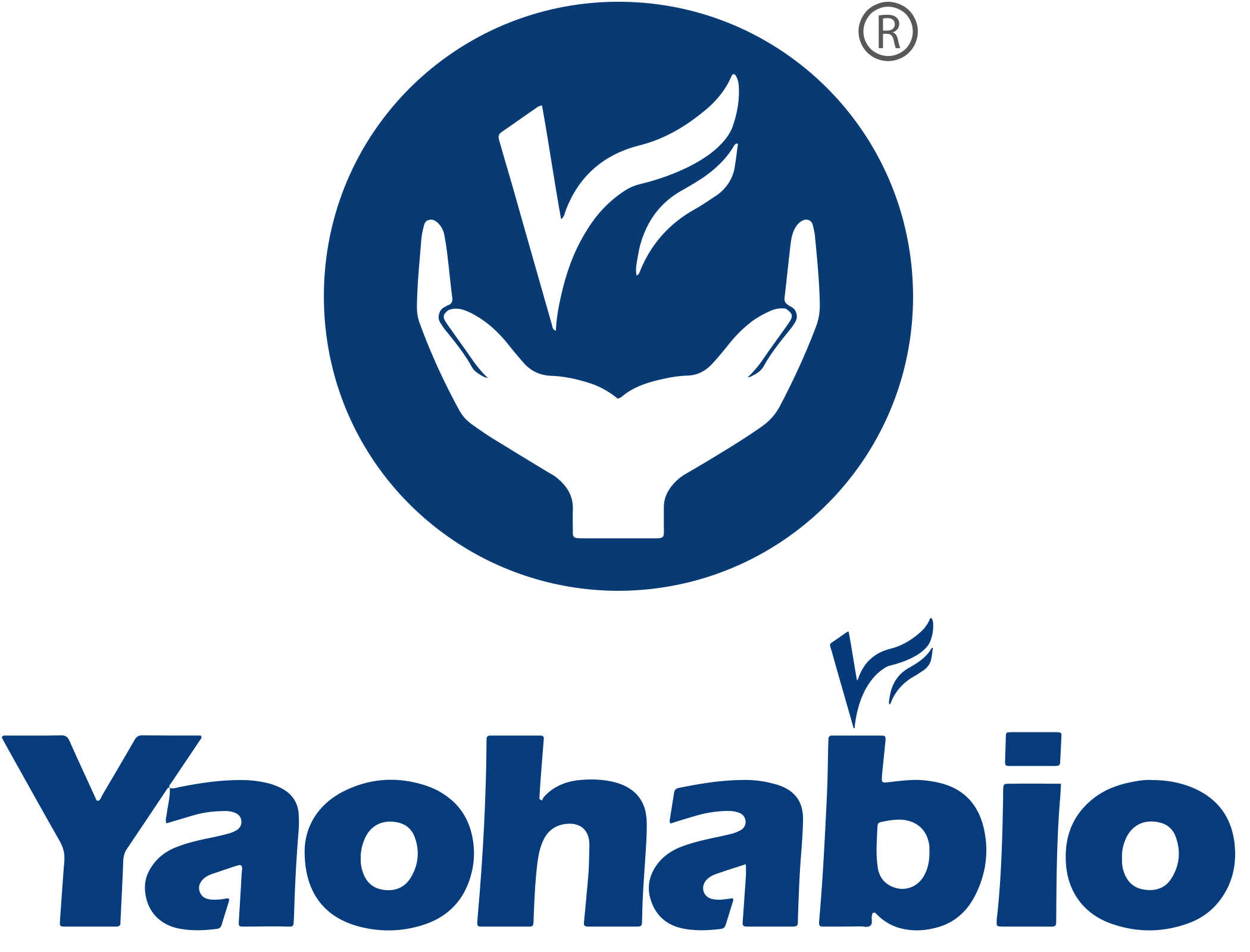Harnessing the Power of Fed-batch Fermentation Strategy
Pichia pastoris is widely used in the production of various heterologous proteins. The High-Cell-Density Fermentation (HCDF) technology, implemented through Fed-Batch feeding, has successfully achieved large-scale production of biopharmaceuticals and industrial enzymes. In precisely controlled media, the utilization of HCDF technology can obtain high-yield, high-activity, and cost-effective recombinant proteins.
Recent research indicates that through HCDF strategies, efforts are being made to increase the production and activity of heterologous proteins in Pichia pastoris. HCDF technology allows for the effortless attainment of high-level cell clusters in defined media, thereby enabling the acquisition of abundant recombinant proteins with enhanced activity and reduced costs through HCDF. However, selecting the appropriate HCDF strategy to optimize the high-level expression of specific proteins in Pichia pastoris remains a challenge.
High-Cell-Density Fermentation (HCDF)
Pichia pastoris excels in heterologous protein production, favored for HCDF in automated bioreactors. HCDF has 3 stages: glycerol batch, feeding, and methanol induction. Yaohai Bio-Pharma boasts over a decade of experience in microbial fermentation and has served over 400 projects. The company possesses extensive expertise and well-developed technology, enabling it to utilize various HCDF strategies to improve the efficiency of protein production.
Methanol serves as both an inducer of AOX1 and a carbon source, but its concentration must be controlled to prevent toxicity. Evaluating different methanol feeding strategies is crucial for optimizing the growth of Pichia pastoris and protein expression
Methanol induction strategy
In the fed-batch HCDF methanol induction strategy, state-based induction strategies encompass a set of control methodologies that regulate the supplemental addition of methanol through online/offline or forward/reverse control. Among the statistical induction strategies, the main ones include μ-stat, Dissolved Oxygen (DO)-stat, methanol-stat, and biomass-stat.
1.1 μ-stat
μ-stat strategy keeps biomass steady by controlling μ, aiding reproducibility, and studying μ's effect on protein expression. However, it lacks direct methanol and DO control, risking accumulation and ROS generation.
1.2 DO-stat
The DO-stat strategy indirectly regulates the methanol feed by controlling the dissolved oxygen to maintain oxygenation, but it does not fix the methanol concentration and growth rate, which can affect the study of protein expression. Oxygenation poses a challenge in aerobic fermentation, and while the supplementation of pure oxygen can be costly and toxic, pressure enhancement is a more economical approach that can also enhance protein activity.
1.3 Methanol-stat
Inadequate control of methanol concentration poses limitations to both μ-stat and DO-stat strategies. Methanol statistical strategies, which operate in an on/off mode, are prone to fluctuations and lack precision. In contrast, PID controllers offer a more precise regulation of methanol concentration, enhancing the overall fermentation effectiveness.
1.4 Biomass-stat
The biomass-stat strategy defines the relationship between biomass and methanol feeding, optimizing the methanol feeding rate to enhance protein yield. Online monitoring of biomass is more practical, with flow cytometry being the preferred method. At a 1000L scale, optimizing the methanol feeding rate significantly improves enzyme activity, yield, and productivity, outperforming flask fermentation.
Co-feeding strategy
Glycerol, as an AOX1 promoter inhibitor, must be fully consumed before methanol induction to avoid suppressing protein production. Co-substrates may enhance enzyme activity but excess glycerol can harm growth and expression. Sorbitol, ascorbic acid, mannitol, and others can substitute glycerol, reducing proteolysis and cultivation time, and enhancing protein expression.
The strain bank necessitates adopting appropriate preservation methods and placement in a suitable environment to maintain the stability of strain characteristics. Yaohai Bio-Pharma can fulfill the requirements for glycerol stock preservation (via ultra-low temperature freezers or liquid nitrogen) and freeze-drying preservation of yeast and E. coli.
Restriction-induced strategy
In Pichia pastoris, restrictive conditions like low DO, methanol concentration., and oxygen limit boost recombinant protein expression. Oxygen-limited conditions activate AOX1 promoter via methanol accumulation, upping protein output while reducing heat. Low-temp induction enhances yield, activity, stability, and cell viability but adds cooling costs. pH and nitrogen limitation also aid expression, requiring caution to avoid operational issues. Nitrogen limitation notably enhances specific protein productivity.
Yaohai Bio-Pharma is also actively seeking institutional or individual global partners and offers the most competitive compensation in the industry. If you have any questions, please feel free to contact us: [email protected]
Hot News
-
Yaohai Bio-Pharma Passed EU QP Audit and Attains ISO Triple Certification
2024-05-08
-
BiotechGate, Online
2024-05-13
-
2024 WORLD VACCINE CONGRESS Washington
2024-04-01
-
CPHI North America 2024
2024-05-07
-
BIO International Convention 2024
2024-06-03
-
FCE COSMETIQUE
2024-06-04
-
CPHI Milan 2024
2024-10-08

 EN
EN
 AR
AR
 HR
HR
 CS
CS
 DA
DA
 NL
NL
 FI
FI
 FR
FR
 DE
DE
 EL
EL
 IT
IT
 JA
JA
 KO
KO
 NO
NO
 PL
PL
 PT
PT
 RO
RO
 RU
RU
 ES
ES
 SV
SV
 IW
IW
 ID
ID
 LV
LV
 LT
LT
 SR
SR
 SK
SK
 SL
SL
 UK
UK
 VI
VI
 ET
ET
 HU
HU
 TH
TH
 TR
TR
 FA
FA
 AF
AF
 MS
MS
 BE
BE
 MK
MK
 UR
UR
 BN
BN

